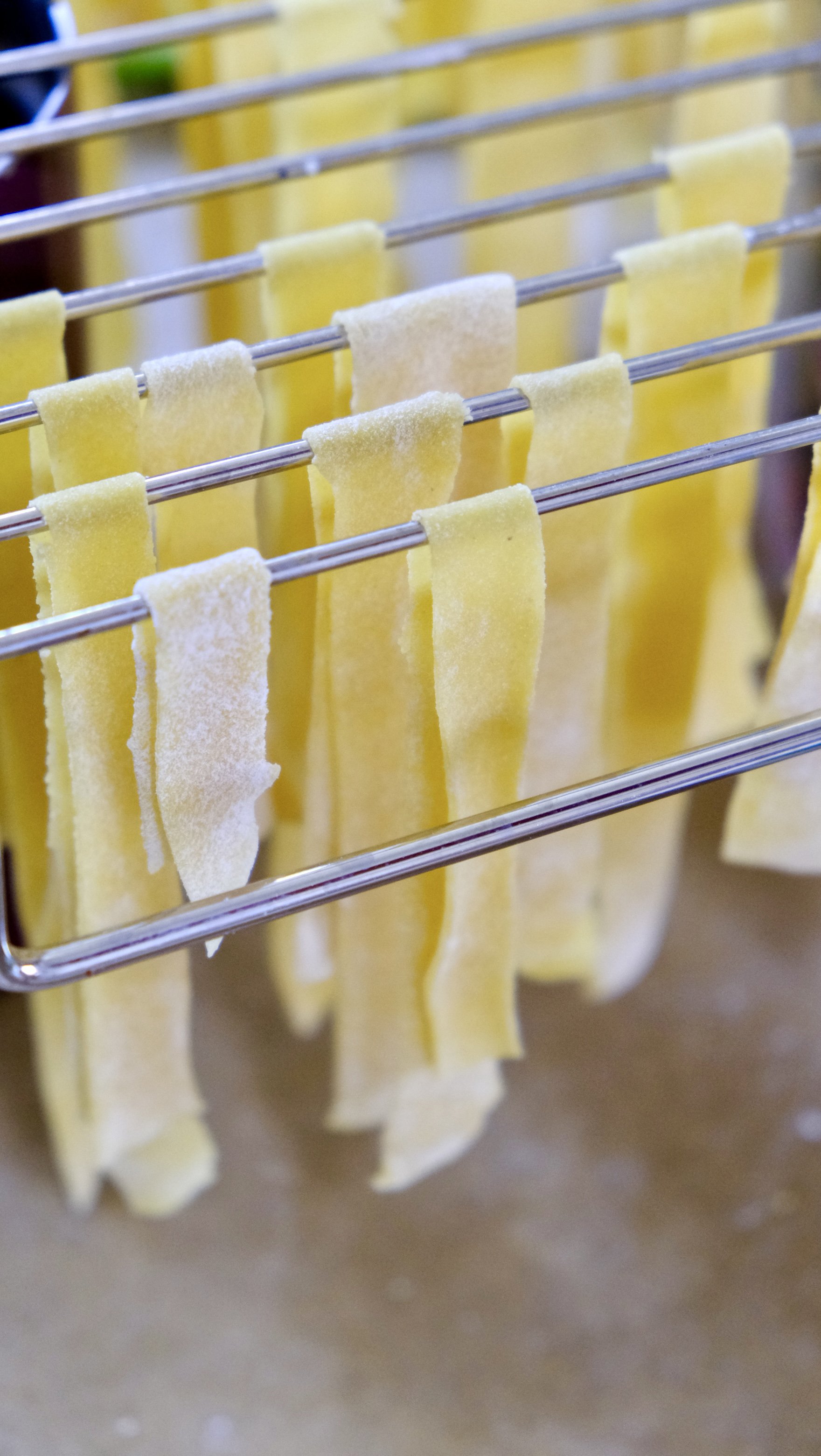Spring Recipes: Practice Makes Magic
My husband Ira affectionately teases when he calls me a “kitchen witch.” There are times when I cook that I open the fridge or the pantry, and I can literally make up a recipe with what I have on hand, no measurements required. He calls it magic. I call it practice. I also had the great fortune to learn from my grandmother. To be clear, I make mistakes all the time. We usually eat the mistakes anyway.
But, there are times when I run out of creative juices, and we eat the same five dinners two weeks in a row, because it’s easy. Occasionally, when having to cook for a dinner party (or a magazine article), I pull out the cookbooks for inspiration. I rarely have everything called for in a recipe, so it’s never exactly the same as the cookbook, but with enough practice, substitution and/or exploration, the result is still delicious.
One of these recipes is in the “kitchen witch” style, and the other is in the “look in the cookbooks” style. I’m sure more seasoned culinary practitioners can tell the difference. I’ll never tell which is which; they were both delicious. In order to flourish in my own kitchen, I do what I tell my students: no one expects perfection, especially on the first try of anything. Sometimes, we get lucky. However, in order to flourish (and make magic), we must try new things, learn from others, use our resources, make mistakes and, above all, practice —countless times, with purpose.
Photos by Cat Mayer.
HOMEMADE PASTA
SERVES 4
1 cup semolina flour
1 cup all-purpose flour
3 eggs
2 Tbsp extra virgin olive oil
½ tsp saltAdditional
¼ cup all-purpose flour for kneading
1. In a bowl, whisk together flours and salt. On the counter or another clean working surface, place the dry ingredients in a mound, and create a well in the middle. Crack the eggs in the middle of the well. Add the olive oil to the eggs, and lightly beat.
2. With a fork, slowly work the flour into the egg starting from the middle of the well, careful to not let the egg mixture spill. Eventually, you will need to use your hands.
3. When completely mixed, sprinkle one or two tablespoons of flour on the work surface, and knead the dough. The dough should eventually become not sticky, and only stick to itself. Add flour one tablespoon at a time, as needed.
4. Knead dough 70 or so times by hand. Cover with damp towel in a bowl, and let rest one hour.
5. Section dough into fourths, and roll about 1/16-inch thick. Cut into strips, and hang to dry for use later or flour slightly before cooking.
6. Cook fresh pasta in boiling, salted water— about four minutes or to al denté. Driedpasta takes about 6 minutes. It expands significantly.
PASTA WITH PROSCIUTTO AND PEAS
SERVES 4
Cooked pasta, drained
1 Tbsp butter
4 oz prosciutto, cut into tiny cubes or pieces
1 small onion, diced1 lb peas, fresh or frozen1 cup cream
1 cup shredded Parmigiano-Reggiano
Salt and pepper to taste
Scallions, for garnish
1. In a very large skillet, sauté butter, onion and prosciutto until onions are translucent and the fat in the prosciutto has rendered.
2. Add the peas and cook until slightly soft. Turn heat to low.
3. Add cream, and cook until hot but not boiling.
4. Stirring constantly, add half the cheese. When the cheese starts to melt and the sauce slightly thickens, add the pasta and finish cooking for one to two minutes.
5. Sprinkle in the rest of the cheese, and serve
Originally published in the Spring 2023 issue of Spoke+Blossom.


